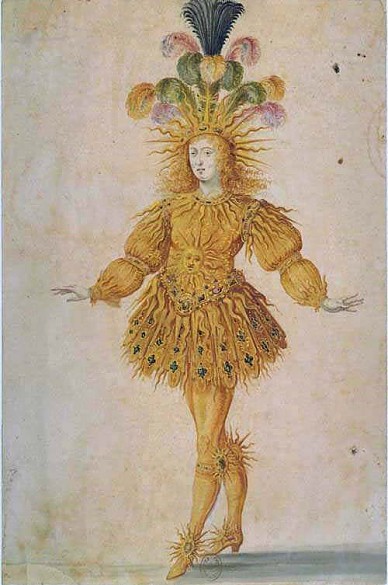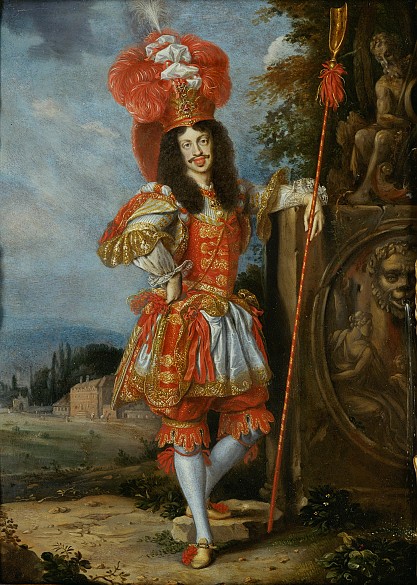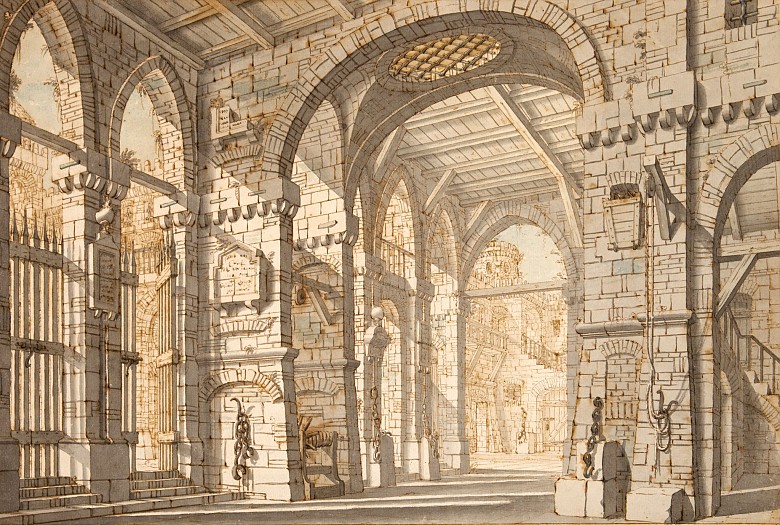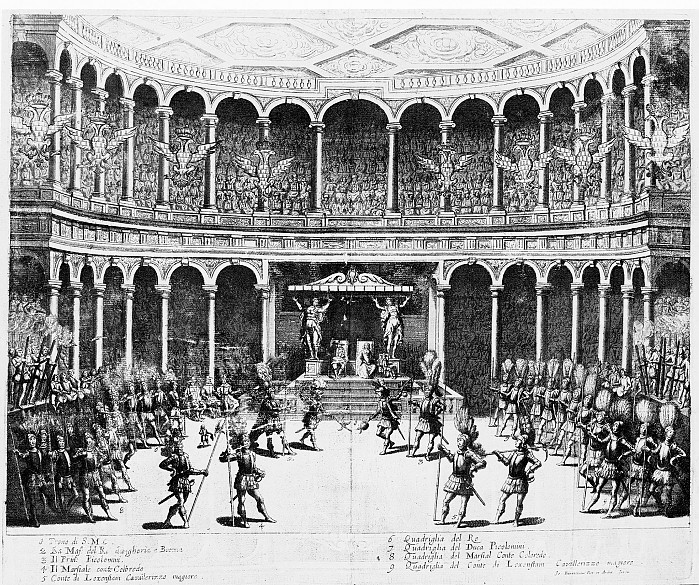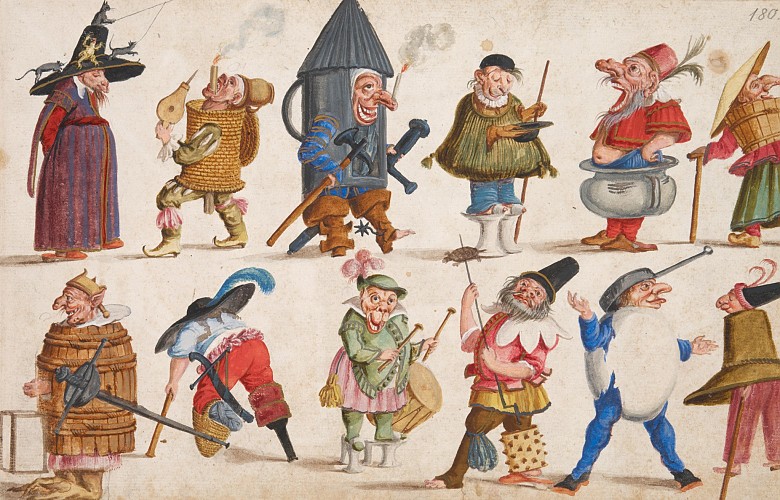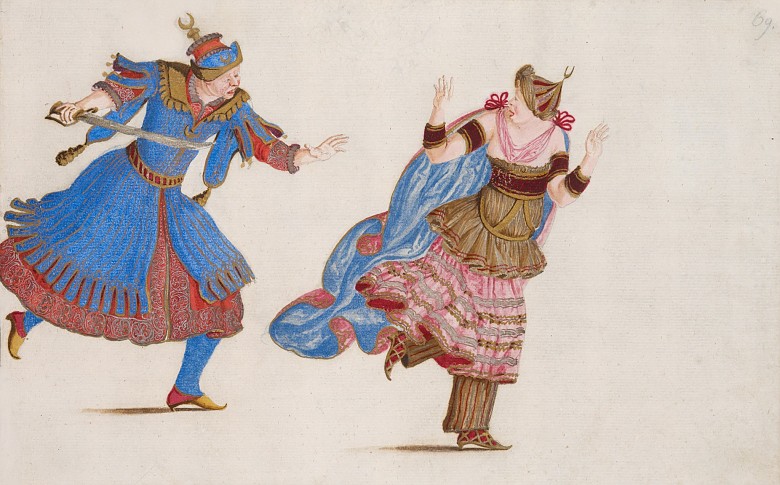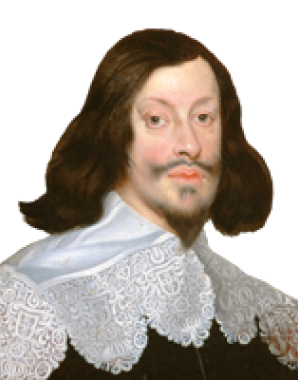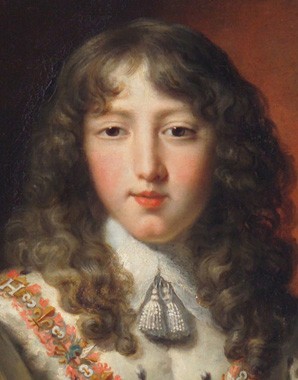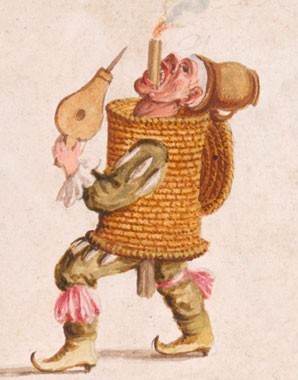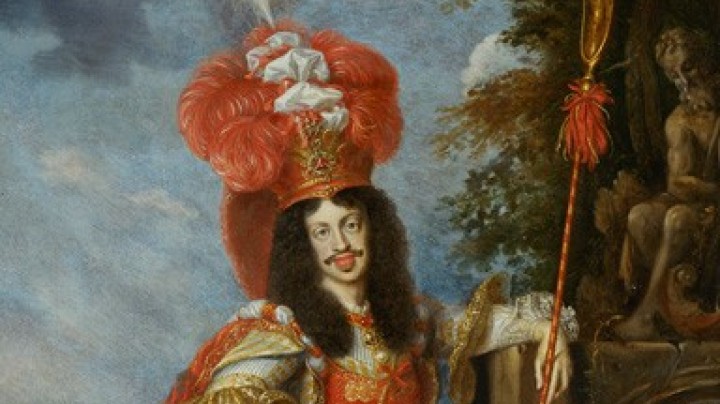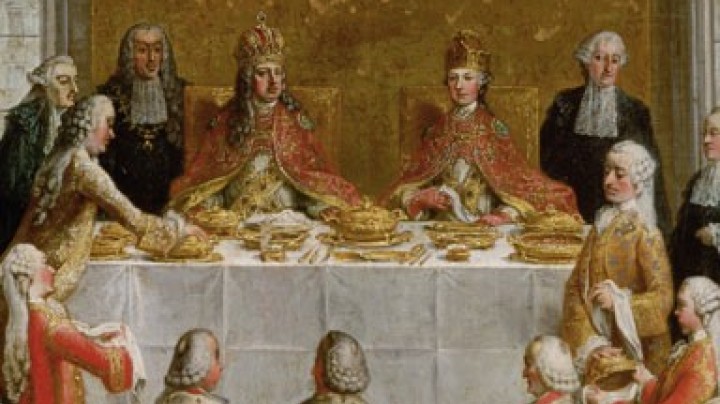Pomp and state: Baroque festivities at the Viennese court
Opera, ballet and theatrical performances together with pyrotechnical displays, tournaments and festive processions formed the elements of the elaborate Baroque spectacles that were intended to embody the ruler’s claim to supremacy.
The Baroque cult of extravagant festivities had originated at the court of the French monarch, Louis XIV. On the one hand they served to present a carefully staged image of the absolute monarch and foster competition between the imperial houses, while on the other giving him control over his large court household. For these court festivities with operas, comedies, ballets, musical performances, masques, balls, garden parties, etc., a large number of artists were employed who thus became members of the court household. The common people were excluded – only when the court was on the move between residences or a ceremonial entry took place was there a need for a suitably awe-struck audience as the nobility passed by in their carriages.
The design and organization of such festivities was intimately connected to the self-stylization of the House of Habsburg and the glorification of the sovereign virtues; subjects such as the alleged Trojan descent of the dynasty, the saga of Jason and the Argonauts or myths of the classical deities were part of the standard repertoire. The music at these courtly festivities, in particular that of the opera, assumed eminent importance in the demonstration of the dynasty’s cultural superiority and claim to political leadership. The courts of Europe vied to outdo one another with their operatic performances and to lure renowned musicians from the courts of other princes. The Habsburgs were an exception in that not only were many of them proficient performers on various instruments but some, such as Leopold I, even composed music themselves.
The operas, comedies, theatrical performances, and ‘Wirtschaften’ (carnival festivities) with musical accompaniment that were so beloved of the Viennese Court of Ferdinand III rose to a height of popularity and importance during the reign of Emperor Leopold I. These extravagant and grandiose spectacles enabled the Emperor to fulfil his obligations of pomp and state towards foreign monarchs and their families, envoys, the aristocracy and the court household.
From the seventeenth century onwards, the theatre sets, decorations for opera and festivities, costumes and stage machinery for the theatrical performances at Court were designed by ‘theatre engineers’, who in Vienna largely came from two Italian families – the Burnacinis and the Bibienas, two famous dynasties of set designers whose members decorated the theatres at several royal European courts. Giovanni Burnacini also built the first permanent Court Theatre in Vienna in 1652.
